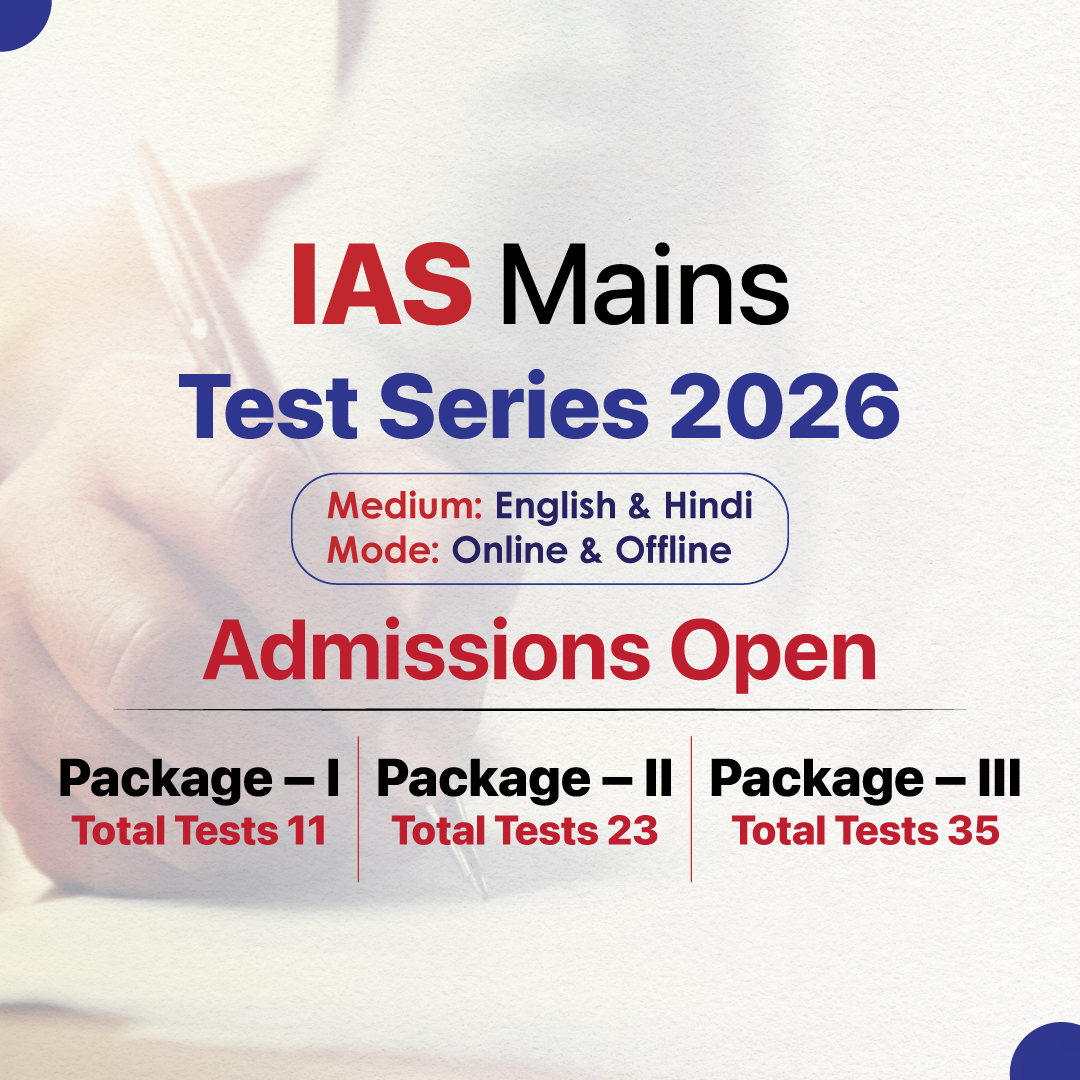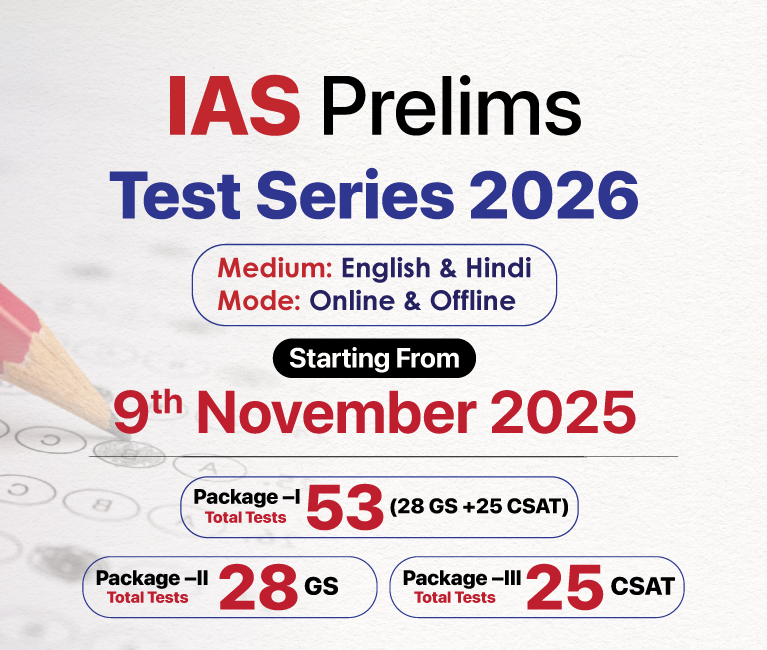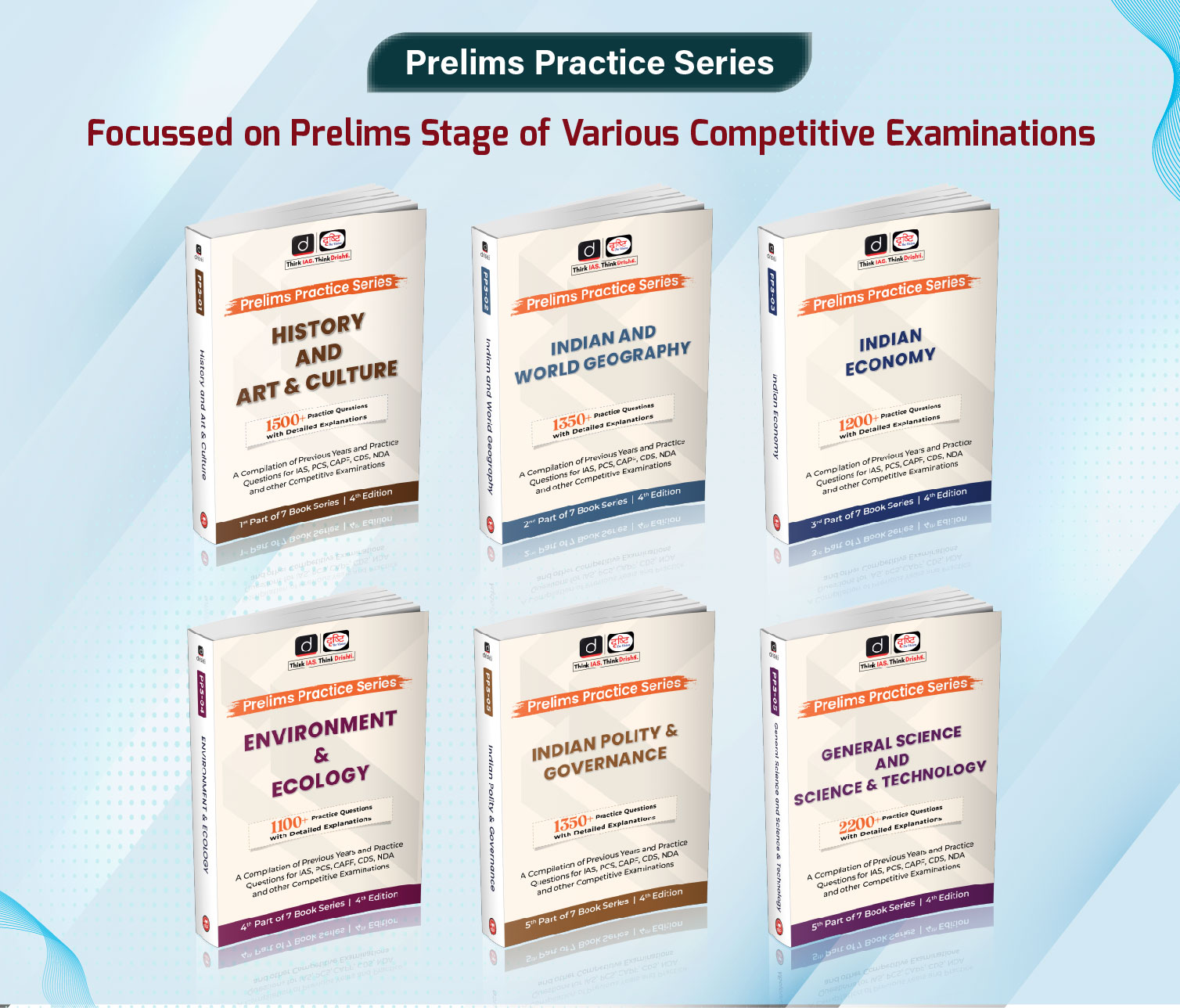Rajasthan Switch to Hindi
Developed Rajasthan @2047 Vision Document Unveiled
Why in News?
The Government of Rajasthan has unveiled the Developed Rajasthan @2047 Vision Document in Jaipur.
Key Points
- About: Approved by the State Cabinet in August 2025, the vision document outlines a comprehensive roadmap to transform Rajasthan into a developed state by 2047 in alignment with the national goal of Viksit Bharat @2047.
- It emphasises inclusive and sustainable growth, prioritising youth, women, farmers, and the underprivileged.
- The goal is to build a $4.3 trillion economy by 2047, with agriculture, industry, tourism, and renewable energy as the main pillars of development.
- Themes and Focus Areas: The Vision Document is structured around four key themes encompassing thirteen critical sectors:
- Public Welfare and Social Empowerment: Focused on agriculture, health, education, and social welfare to enhance human development and promote social equity.
- Rapid Development, Prosperity, and Employment: Emphasises industry, mining, tourism, and cultural growth to generate large-scale employment and ensure inclusive prosperity.
- Infrastructure and Sustainable Development: Prioritises water security, environmental sustainability, and climate resilience to build an eco-friendly and climate-resilient infrastructure framework.
- Policy, Finance, and Governance: Integrates rural-urban development, financial management, and good governance to strengthen institutional capacity, transparency, and administrative efficiency.
- Implementation Framework:
- Departmental Action Plans: Each department will prepare specific plans aligned with the vision goals..
- Annual Assessments: Financial and performance reviews to track outcomes.
- Continuous Monitoring: Evaluation frameworks for accountability and timely course correction.
- Milestone Years: Progress benchmarks set for 2030, 2035, and 2040.
Major Targets by 2024 |
|
|
Sector |
Target |
|
Manufacturing |
Increase share in Gross State Value Addition (GSVA) to 20% |
|
Health |
Raise life expectancy to 77 years |
|
Child Health |
Reduce infant mortality to below 10 per 1,000 live births |
|
Education |
Achieve 100% school enrolment; upgrade all schools to smart, computer-enabled institutions |
|
Women Empowerment |
Increase women’s workforce participation to over 60% |
|
Tourism |
Raise Rajasthan’s share of domestic tourist arrivals to 15% |
National Current Affairs Switch to Hindi
Pinky Anand Appointed Judge at Bahrain International Commercial Court
Why in News?
Dr. Pinky Anand, Senior Advocate and former Additional Solicitor General of India, has been appointed as a Judge of the Bahrain International Commercial Court (BICC), following the 2024 appointment of former Supreme Court judge Sanjay Kishan Kaul to the same court.
Dr. Pinky Anand
- Background: A Harvard Law School graduate and Inlaks Scholar, Dr. Pinky Anand has over 40 years of legal experience, having served as Additional Solicitor General of India (2014–2020), with expertise in constitutional law, civil arbitration, and criminal law.
- International Representation: Represented India in various national and international fora, including BRICS; founding member of the BRICS Legal Forum.
- Honours: Awarded the French National Order of Merit by the President of France.
Bahrain International Commercial Court (BICC)
- The Bahrain International Commercial Court (BICC), established to handle complex cross-border commercial disputes, will commence operations with a swearing-in ceremony for judges on 5th November 2025, attended by the Bahraini monarchy and the Prime Minister.
- The BICC is presided over by renowned arbitration expert Jan Paulsson and comprises 17 judges — 7 women and 10 men — representing diverse jurisdictions across the globe.
- The court was established under a treaty between Bahrain and Singapore in March 2024, and is modelled on the Singapore International Commercial Court (SICC) to promote international best practices in commercial dispute resolution.
National Current Affairs Switch to Hindi
Neeraj Chopra Conferred Honorary Rank of Lieutenant Colonel
Why in News?
Two-time Olympic medallist Neeraj Chopra has been conferred the Honorary rank of Lieutenant Colonel in the Territorial Army in recognition of his outstanding achievements and service to the nation.
- The pipping ceremony was held at South Block, New Delhi where Defence Minister Rajnath Singh formally presented the rank insignia in the presence of Army Chief General Upendra Dwivedi.
Key Points
- About: Born on 24th December 1997 in Khandra village, Panipat district, Haryana, Neeraj Chopra hails from a farming family and has emerged as one of India’s most celebrated athletes.
- Journey in the Indian Army:
- Neeraj Chopra joined the Indian Army in August 2016 as a Naib Subedar in the Rajputana Rifles Regiment and was promoted to Subedar in 2021 in recognition of his outstanding achievements in athletics.
- In 2022, after his Olympic triumph, he was further promoted to Subedar Major and awarded the Param Vishisht Seva Medal, the highest peacetime honour of the Indian Army.
- In April 2025, President Smt Droupadi Murmu granted him the Honorary Commission as Lieutenant Colonel in recognition of his service to the nation and outstanding sporting achievements.
- Achievements in Sports:
- Tokyo Olympics 2020: Created history by becoming the first Indian athlete to win an Olympic Gold Medal in track and field.
- World Athletics Championships 2023: Won the Gold Medal, further strengthening India’s presence in global athletics.
- Paris Olympics 2024: Secured a Silver Medal, maintaining his elite performance level.
- Asian Games & Commonwealth Games: Multiple Gold Medals showcasing dominance in javelin throw across international events.
- Diamond League & Other Events: Consistently achieved top podium finishes, with a personal best throw of 90.23 metres (2025) — a record in Indian athletics.
- Awards and Honours:
- Vishisht Seva Medal (2023)
- Param Vishisht Seva Medal (2022)
- Padma Shri (2022)
- Major Dhyan Chand Khel Ratna Award (2021)
- Arjuna Award (2018)


.png)








.png)


.jpg)



 PCS Parikshan
PCS Parikshan



